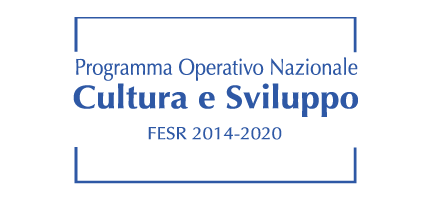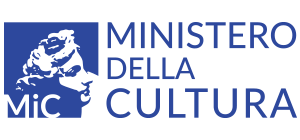History of the National Archaeological Museum of Taranto
THE MArTA MUSEUM
The National Archaeological Museum of Taranto, one of the most important in Italy, was established in 1887 and since then it has been housed in the former Convent of the Alcantarini Friars, or the Friars of San Pasquale, built shortly after the mid-eighteenth century.
The controversial and troubled history of the antiquities of the city of Taranto dates back to the fifteenth century, when one of the oldest convents was built by the noble Del Balzo Orsini family. Over the centuries, the stripping of antiquities was such as to fuel a thriving national and international market which culminated however with the proclamation of the Unity of Italy and with the designation of the city as the naval base of the nascent state.
The construction frenzy that characterized the final decades of the nineteenth century led to the fortuitous discovery of a huge quantity of objects, often of great artistic importance and of high economic value.

The nineteenth Century
To counteract the continuous and incessant dispersion of archaeological objects, especially in a situation where there was no legislation on matters related to cultural heritage, the new General Directorate for Antiquities, headed by Giuseppe Fiorelli, sent Luigi Viola, recently appointed inspector at the Ministry of Education, to Taranto. Viola was born in Galatina, but was educated at the Neapolitan school. In the eighties and early nineties, Viola supervised the earthworks carried out for the construction of the neighbourhood called Borgo Nuovo, of the Military Arsenal and of many other buildings in the ancient city, purchasing and safeguarding a very large number of finds that were kept, temporarily, in the building that had once been the Alcantarini convent. With an appearance that was still very close to that of a warehouse, in 1887 the King decreed the establishment of the new National Museum of Taranto. This was the first local Museum of a region, Apulia, which in the following decades saw the Ionian city become the focal point of archaeological protection.

From 1900 to the present day
After Viola, transferred back to Rome because of his implication in events that remained unclear, there came several important inspectors and Museum directors, such as Giovanni Patroni, Paolo Orsi, Quintino Quagliati, Renato Bartoccini, Ciro Drago and Felice Gino Lo Porto, who, besides supervising the protection of the Apulian territory, contributed over the years to the creation of an Archaeological Museum proper. Since the 1990s, however, the former Superintendence for Archaeological Heritage of Apulia has been carrying out a very long renovation phase of the building and complete re-arrangement of the rooms. In 2007 and then in 2013 the sections dedicated to the Hellenistic funerary culture and to the Roman and Medieval Age were opened to the public; following the recognition of the Museum as Institute having special autonomy in pursuance of C.P.C.M. 171/2014, the new National Archaeological Museum of Taranto has managed to complete the preparation of the upper floor dedicated to the prehistory and protohistory of Apulia, to the town and to the burial grounds of the archaic and classical era of Taranto which was opened to the public in July 2016.






